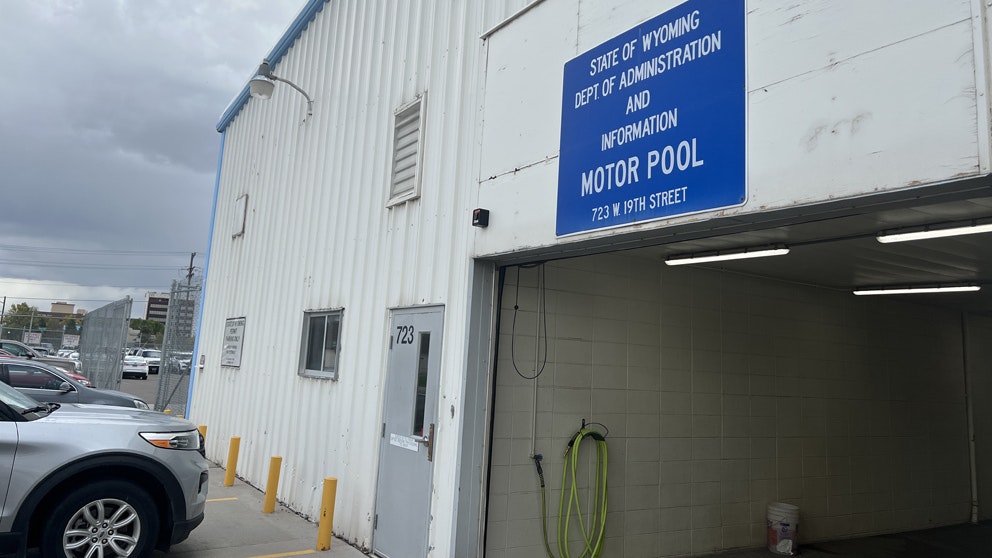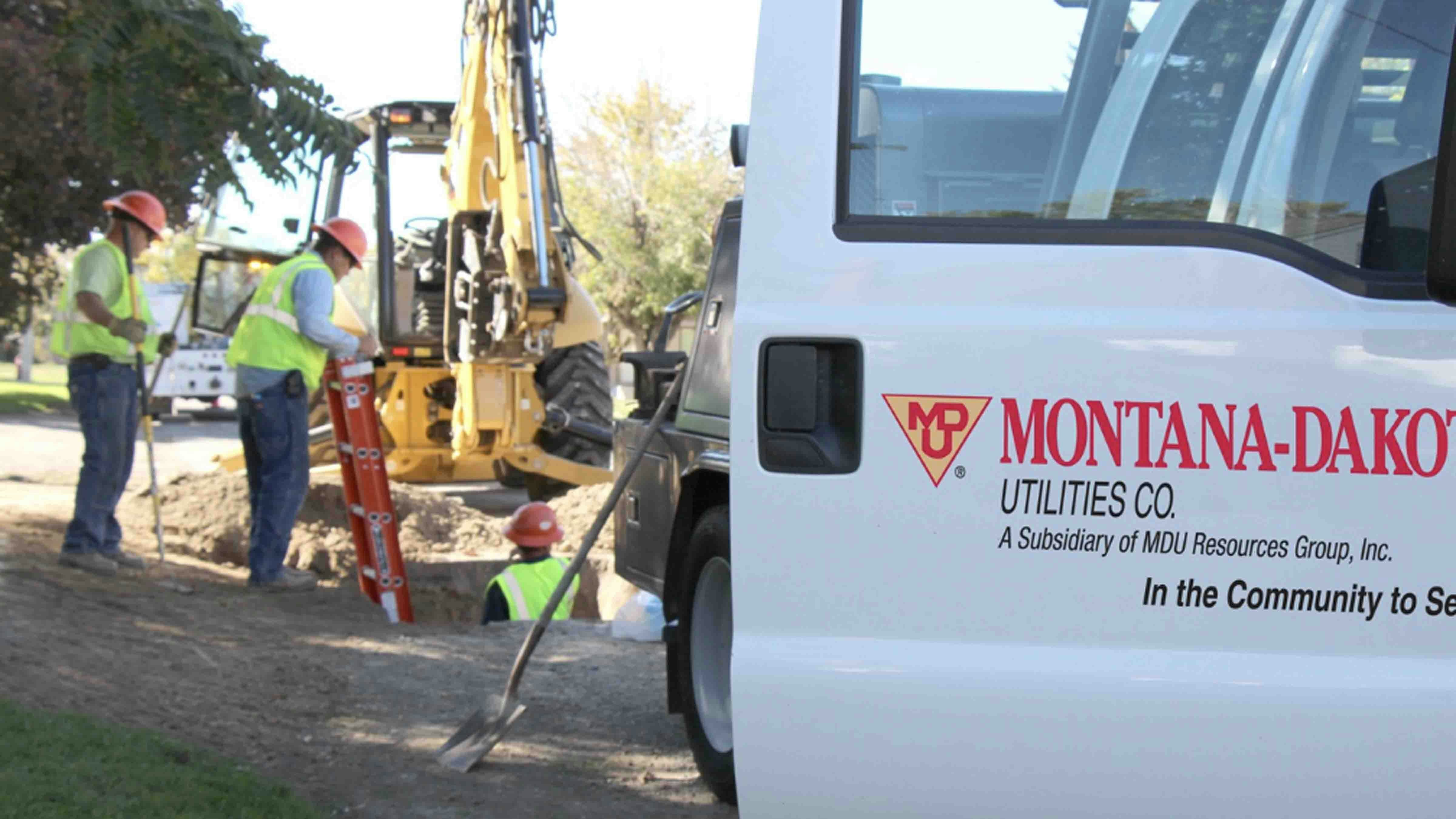The Wyoming Department of Transportation and state of Wyoming maintain separate fleets of thousands of vehicles. They have a few hybrids and several natural gas-powered vehicles.
But because Wyoming lacks the infrastructure to support electric vehicles, the state maintains no EVs in its fleets.
“There’s not adequate infrastructure out there for us to accomplish our mission right now with that type of equipment. And so, at the current time, we’re running on gas,” said WYDOT Director Luke Reiner.
The state last week received federal approval for its National Electric Vehicle Infrastructure (NEVI) plan, which will provide about $26 million over the next five years for electric vehicle infrastructure. Owing to the long stretches between towns across the Cowboy State, WYDOT had requested exemptions from the federal requirement that charging stations be placed every 50 miles. Most of the exemption requests were denied.
“There’s a lot of challenges to running an electric vehicle here in the state, and especially if your highway department (dependent?), you’re going to have a lot of long stretches of road,” Reiner said.
Jordan Achs, a spokesperson for WYDOT, said the department has about 4,000 vehicles in its fleet including everything from trailer trucks to striping trucks. About a fourth of the fleet is light-duty vehicles, like passenger cars and pickups.
Natural Gas
In 2011, the Wyoming Legislature appropriated $200,000 for the state to test natural gas-powered vehicles. The money funded a natural gas filling station near Rawlins and support to retrofit existing vehicles.
Jaye Wacker, a spokesperson for the Wyoming Administration and Information Department, said the Wyoming fleet consists of 1,442 vehicles. The state did try out natural gas vehicles, but the program was discontinued.
“Over the years it turned out to be a pain,” Wacker said, adding that one of the main problems was getting the vehicles serviced.
“When the central mail truck broke down, they had to load it on a flatbed and take it to Denver to get it worked on,” Wacker said. “If that were a vehicle in Pinedale or Meeteetse or Lovell, we’d be in big trouble.
“So basically, it was an increase in downtime and increase in repair costs. All of that connects back to a lack of infrastructure.”
Achs said the highway department has nine vehicles that can run on compressed natural gas, but they are bi-fuel vehicles that also can run on gasoline.
“If we can find a place to refuel them with compressed natural gas, we do. But a lot of the times we ran off of regular gas on those just because of the large spacing between compressed natural gas fueling,” Achs said.
Hybrids
Reiner said the department has “some” hybrids in its fleet.
Wacker said the state also has some hybrid vehicles on order and has an EV on order for central mail delivery, which handles state mail around internal departments. The state may begin to convert its fleet to electric in the next five years, Wacker said, as the NEVI funding builds more charging stations along Wyoming’s interstates and highways.
“The federally mandated infrastructure has got to be in place or it just doesn’t make sense,” Wacker said about Wyoming phasing out gas-powered vehicles in favor of EVs.
Only about 0.1% of the vehicles registered in Wyoming are electric. The stations constructed from the NEVI program will mainly facilitate out-of-state vehicles and benefit Wyoming’s second largest industry: tourism.





